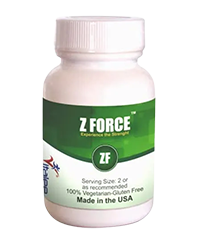
LIVER
The liver is an “incredible chemical factor,”producing many important chemical compunds needed to survive, such as bile, albumin, b1000 ciotting tactors, cholesterol, vitamin E. (*Secretion into bile is a major route for eliminating cholesterol. Free cholesterol is virtually insoluble in aqueous solutions, but in bile, it is made soluble by bile acids and lipids like lethicin. Gallstones, most of which are composed predominantly of cholesterol, result from processes that allow cholesterol to precipitate from solution in bile.) The liver weighs about three and a half pounds (1.6 kilograms). It measures about 8 inches (20 cm) horizontally (across) and 6.5 inches (17 cm) vertically (down) and is 4.5 inches (12 cm) thick.
The liver has a multitude of important and complex functions. Some of these functions are to:
• Manufacture (synthesize) proteins, including albumin (to help maintain th e volume of blood) and blood clotting factors.
• Synthesize, store, and process (metabolize) fats, including fatty acids (used for energy) and cholesterol
• Metabolize and store carbohydrates, which are used as the source for the sugar (glucose) in blood that red blood cells and the brain use
• Form and secrete bile that contains bile acids to aid in the intestinal absorption (taking in) of fats and the fat-soluble vitamins A, 0, E, and K.
• Eliminate, by metabolizing and/or secreting, the potentially harmful biochemical products produced by the body, such as bilirubin from the breakdown of old red blood cells and ammonia from the breakdown of proteins
• Detoxify, by metabolizing and/or secreting, drugs, alcohol, and environmental toxins.




